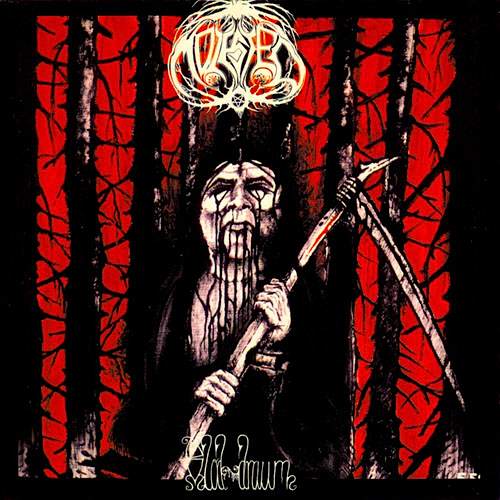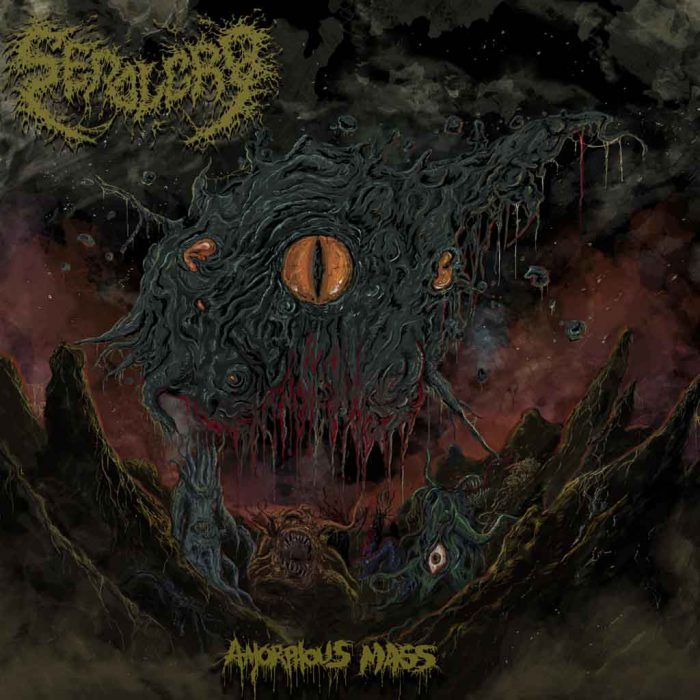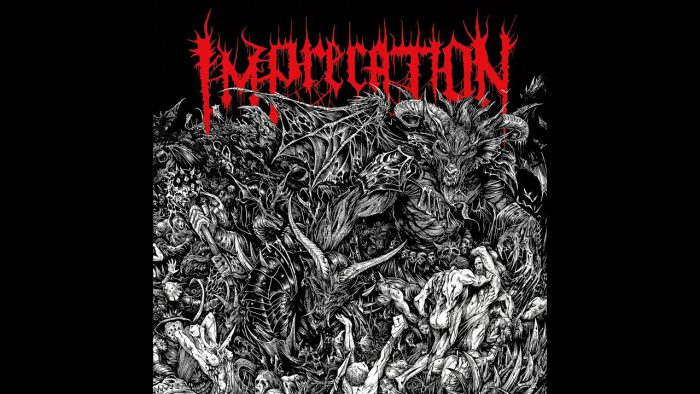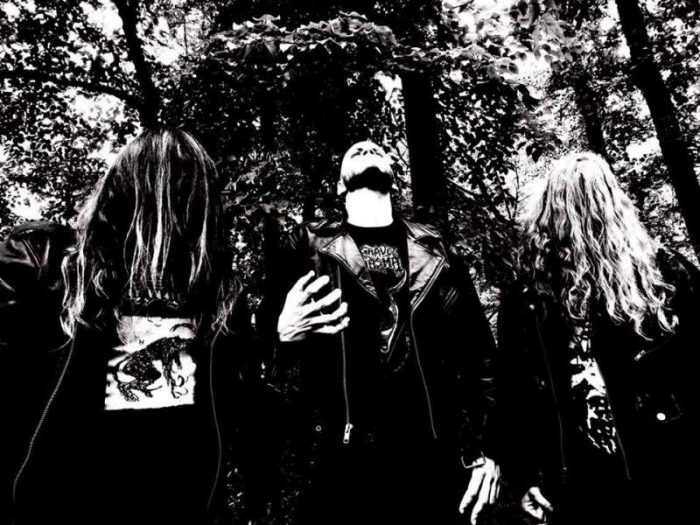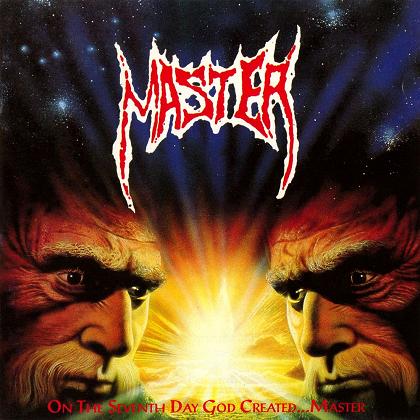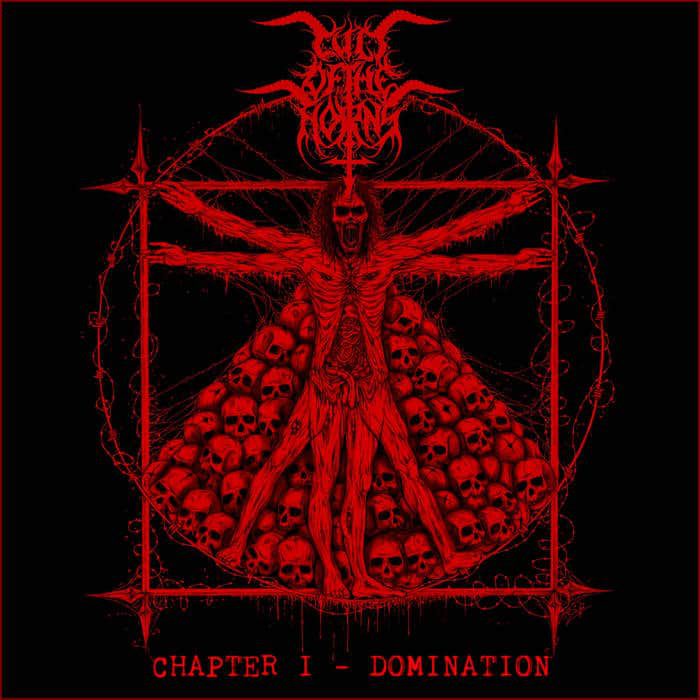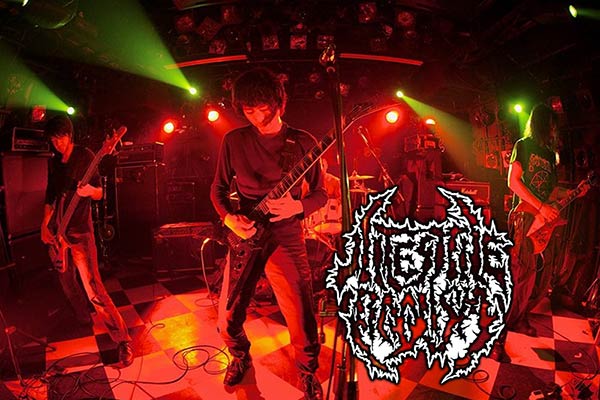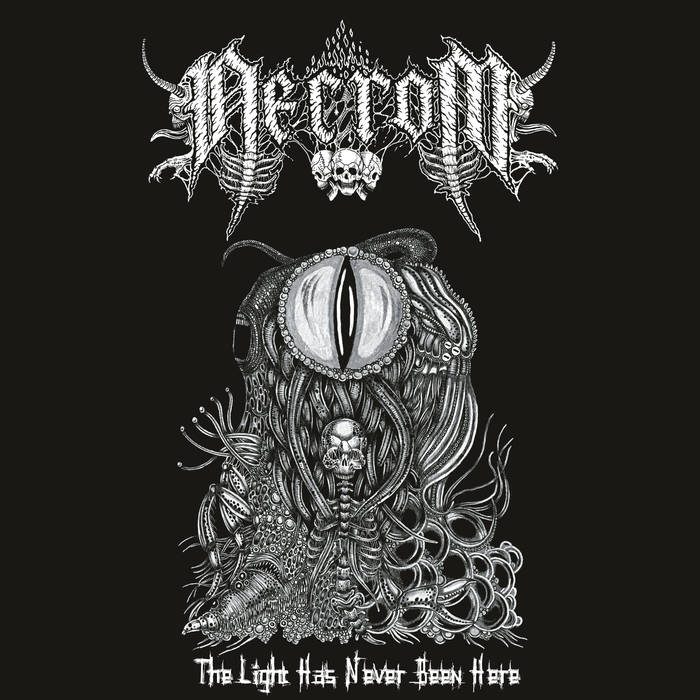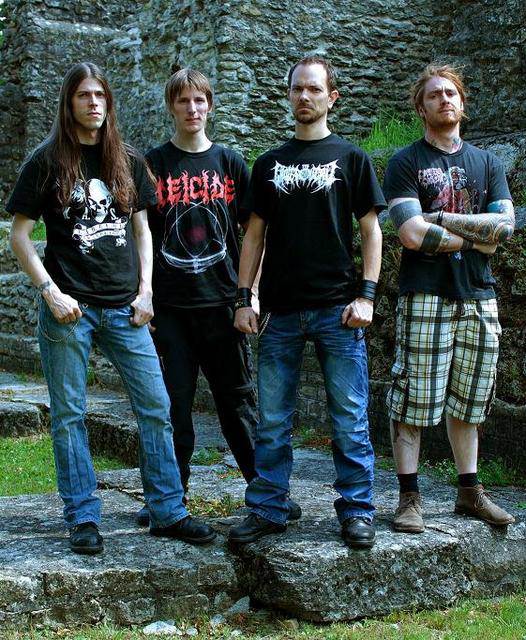
The end of the year for some people is a time where they participate in debauchery and related idiocy as they are convinced that the arbitrary beginning of a calendar year absolves them of past mistakes and gives them the possibility to renew themselves without the burden of accepting reality. Those who don’t hide behind such comforting fallacies accept that this is a day like no other and that no actual changes will occur except for remembering to write 19 instead of 18 when it comes to paperwork. Metal has continued its sad and hilarious explosion to the top of the mainstream while pushing out less and less meaningful art. Rather than go ever end of the year lists as they are just useless and contain mostly salvaged junk with the occasional pearl. Here at DMU we shall analyse new compositional tools we would like to see implemented and which ones should be discarded.
(more…)
8 CommentsTags: Antichrist, behemoth, Black Metal, Boethiah, Dawnbreaker, death metal, disma, dissection, ectovoid, entombed, gorgoroth, Intestine Baalism, Join US, judas priest, massacra, MetalSucks, Necromaniac, necromantia, Nihilist, rotting christ, sacramentum, sammath, suffocation, Thin Lizzy, varathron
